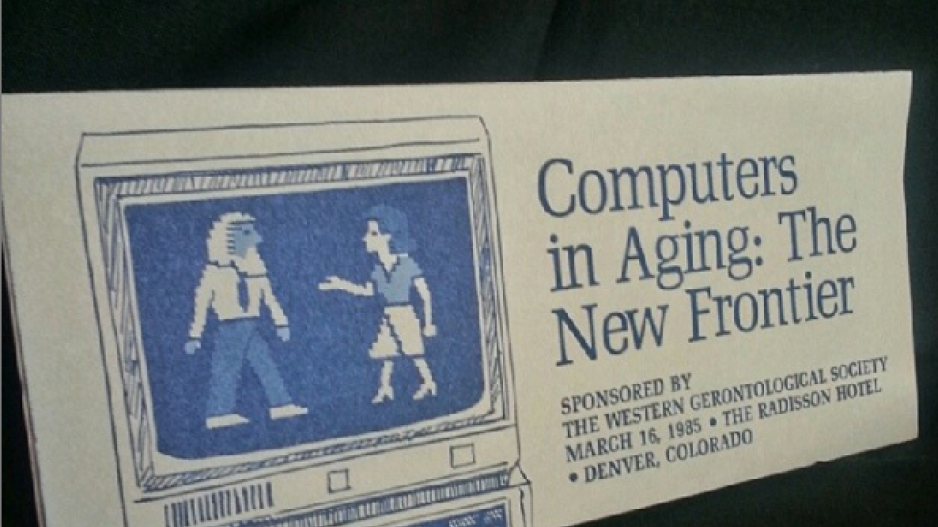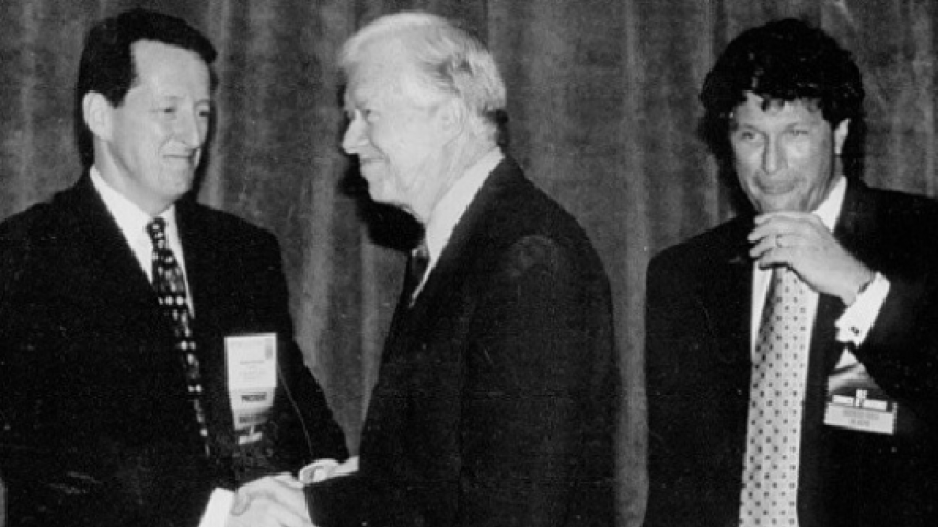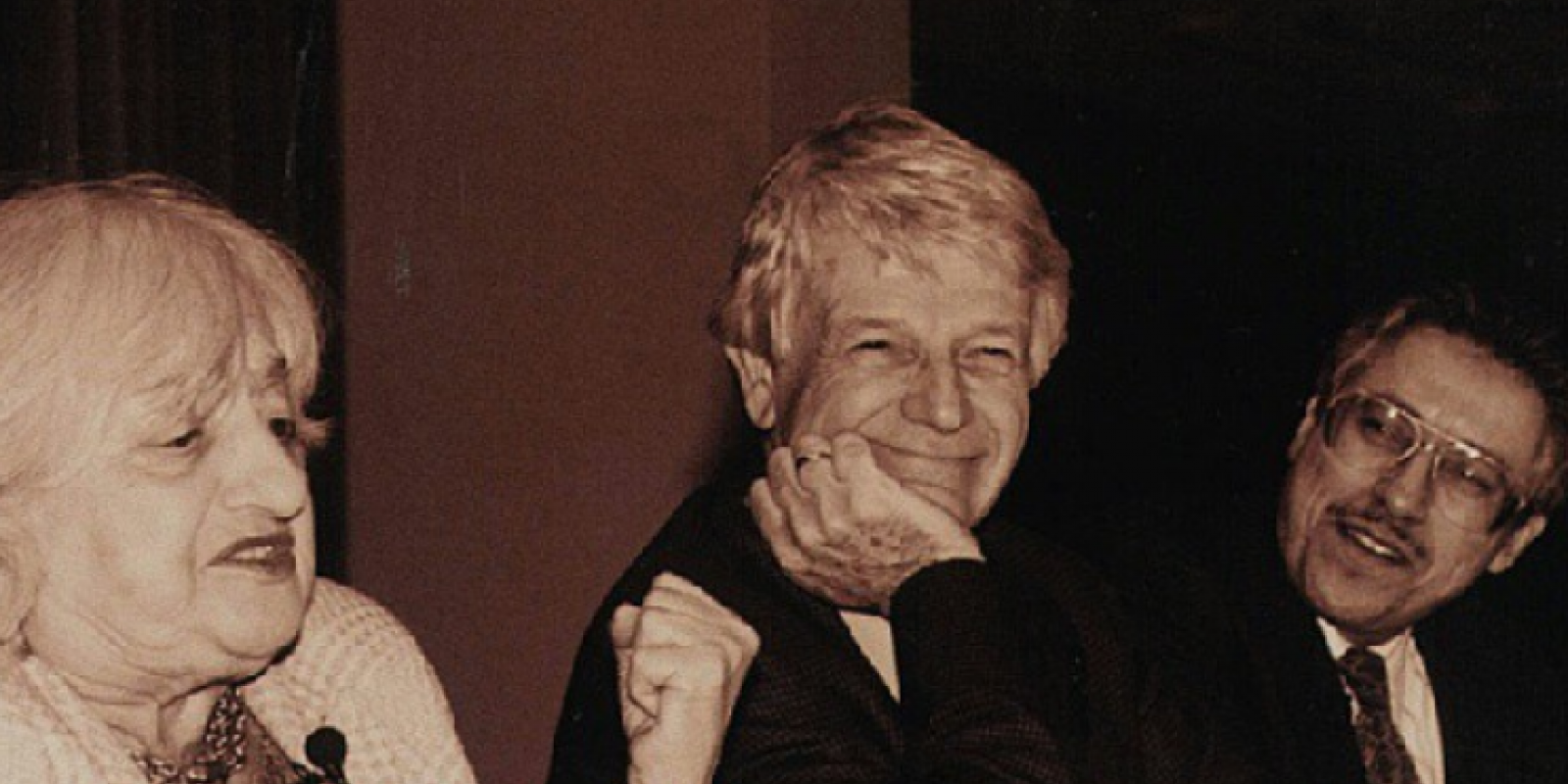On the eve of launching our new website, all new programming and initiatives, we took a quick look back at ASA’s history, to realize that as much as things continually change, so, too, do they remain the same. ASA, even in its roots as the Western Gerontological Society (WGS), was a leading voice in fostering diversity in the aging sector, which is a thread that has been tightly woven into our mission, and continues today, as we head into our Year of Equity at ASA.
The issues the original WGS and ASA battled, such as mental health, the preservation of Medicare and Medicaid, ageism, racism and LGBT rights, have not magically disappeared. We stand on the shoulders of WGS and ASA leaders that came before us as we finish out what was an incredibly difficult year for older adults and look to ways to continue to fight for their rights either through advocacy or via education, including of the media, on how to be anti-ageist.
Enjoy this quick spin through notable highlights in ASA’s past, and note how they line up with what happened in the greater world.
The year 1950 saw the first seeds planted for a White House Conference on Aging (it wouldn’t happen until 1961) and in 1954 the Western Gerontological Society (WGS) is founded in San Francisco.
In 1960 WGS publishes its first conference proceedings from its one-day annual meeting; and in 1961 the first official White House Conference on Aging is presided over by then President John F. Kennedy.
Robert Ball, the visionary founder of Medicare and Social Security in 1964 speaks at WGS’s annual meeting, and in 1965 the Older Americans Act (OAA), Medicare and Medicaid are all enacted as part of Lyndon Johnson’s new War on Poverty.
In 1975 Gloria Haerther-Cavanaugh joins WGS as its first paid staffer and Executive Director.
Luminary in aging Dr. Robert Butler is the next year appointed as the first National Institute on Aging director when it finally becomes part of the National Institutes of Health.
The fall of 1976 sees the first issue of Generations published as WGS’s quarterly newsletter. One of its first themes? “Minorities in Aging.”
By 1977 attendance at the WGS conference has reached 2,500 (with just three paid staff!); and in 1979 it publishes WGS Connection, a bimonthly newsletter.

Big news on the WGS front, as in 1985 it changes its name to the American Society on Aging (ASA). And in 1988 the Minority Concerns Committee becomes a standing committee of the ASA Board of Directors.
In 1989 the ASA Board of Directors passes a resolution stating that the organization will no longer lobby for specific legislation. That same year ASA’s first constituent groups form, and in 1990, WGS Connection becomes Aging Today.
ASA in 1992 organizes the first ever Journalists Exchange on Aging, a professional network of journalists covering the “age beat.” In that same year ASA holds the world’s first national conference on lesbian and gay aging issues, out of which eventually grows its Lesbian and Gay Aging Issues Network, among the earliest of LGBT aging groups.
As fostering leadership has always been a core mission of ASA’s, in 1993 it starts its New Ventures in Leadership, a year-long mentorship and professional development experience geared toward aging services professionals of color.
The year 1995 is notable as Betty Friedan, Dr. Robert Butler and Fernando Torres-Gil are all spotted together in an archival photo from a plenary session during that year’s ASA Annual Conference.

That same year the fourth White House Conference on Aging happens, presided over by President Clinton, with more than 2,200 delegates who pass 50 priority recommendations, while Republican leaders criticize Medicare. Several ASA Board members and other ASA volunteer leaders served as conference delegates.
ASA creates the Multicultural Aging Network (now Network on Multicultural Aging) in 1996 and in 1997 launches its first website.
Former President Jimmy Carter speaks on the virtues of aging at ASA’s 1999 annual meeting and in 2000 ASA launches its first online education resource. Also in 2000 housing visionary Dr. Bill Thomas keynotes the Aging in America Conference.

In 2006 ASA’s first Executive Director and later CEO Gloria Cavanaugh leaves and Lanny Hardy leads the organization until March 2007, when Robert G. Stein takes over, to remain until 2020. Stein succeeds in getting ASA’s finances back into the black.
In 2008-2009, with the support of The Atlantic Philanthropies, ASA undergoes a major review of its programs and operations by The Bridgespan Group, an engagement which results in multiyear plan to sustain the organization into the future.
Dr. Maya Angelou transfixes a standing-room-only audience of more than 2,200 people in a tour-de-force presentation during ASA’s 2008 Aging in America Conference in Washington, DC.
The actress and singer Debbie Reynolds in 2009 is a highlight of the Aging in America conference in Las Vegas, where she tells the audience that the secret to her long life is perseverance.
In 2010 the Affordable Care Act is signed, with its multiple protections for older adults including the Elder Justice Act; and in 2012, Health and Human Services Secretary Kathleen Sebelius announces the National Plan to Address Alzheimer’s Disease. Assistant Secretary for Aging and ACL Administrator Kathy Greenlee delivers remarks during the 2012 Aging in America Conference in Washington, which also features a panel on the future of aging with Fernando Torres-Gil joined by Ken Dychtwald, Ariana Huffington and Gail Sheehy.
Secretary Greenlee returns to the conference in 2013 in Chicago to discuss the formation of the Administration for Community Living as a globally recognized innovation to better serve the needs of older people and people with disabilities of all ages. The 2013 annual conference also included ASA’s first-ever Diversity Summit, which has been featured in each conference since. The program was developed under the aegis of three of ASA’s constituent groups, LAIN, NEST and NOMA.
The ASA community celebrates the organization’s 60th Anniversary during the 2014 annual conference in San Diego. In addition to reflecting on the Society’s history, a panel featuring MIT’s Joseph Coughlin, Stanford’s Laura Carstensen and ASA leaders Ken Dychtwald and Fernando Torres-Gil discuss different perspectives on the promises and perils of the future of aging. Acting Commissioner of the U.S. Social Security Administration, Carolyn Colvin, delivers remarks during a conference session on the impact and sustainability of Social Security.
ASA’s Corps of Accomplished Professionals (CAPs) launches its inaugural program at the 2018 ASA conference, bringing together more than a hundred members whose own journey into later life was the occasion for creating community and building a legacy.
In 2019, the ASA annual conference returned to New Orleans for the first time in nearly 20 years. The Society’s first Public Policy Town Hall draws more than 900 participants to discuss policy and advocacy topics contributed by ASA members in a pre-event survey.
The annus horribilis of 2020 sees the COVID-19 global pandemic in which 8 out of 10 deaths reported in the United States have been in adults ages 65 and older, and 42 percent of deaths are linked to nursing homes.
But also in 2020 ASA sees a change in leadership when Peter Kaldes joins as CEO on March 10, which instigates the plethora of changes you now see in new programming and initiatives. ASA and its members have witnessed a lot in its 66-year history, much of it groundbreaking and inspiring. We, as a staff, are continuously impressed and inspired by our members and with the ASA leaders who have served before. We hope we can surpass their expectations as we turn yet another corner in ASA history.













